Improving Mental Health in Construction: How Recognition and Rewards Can Save Lives
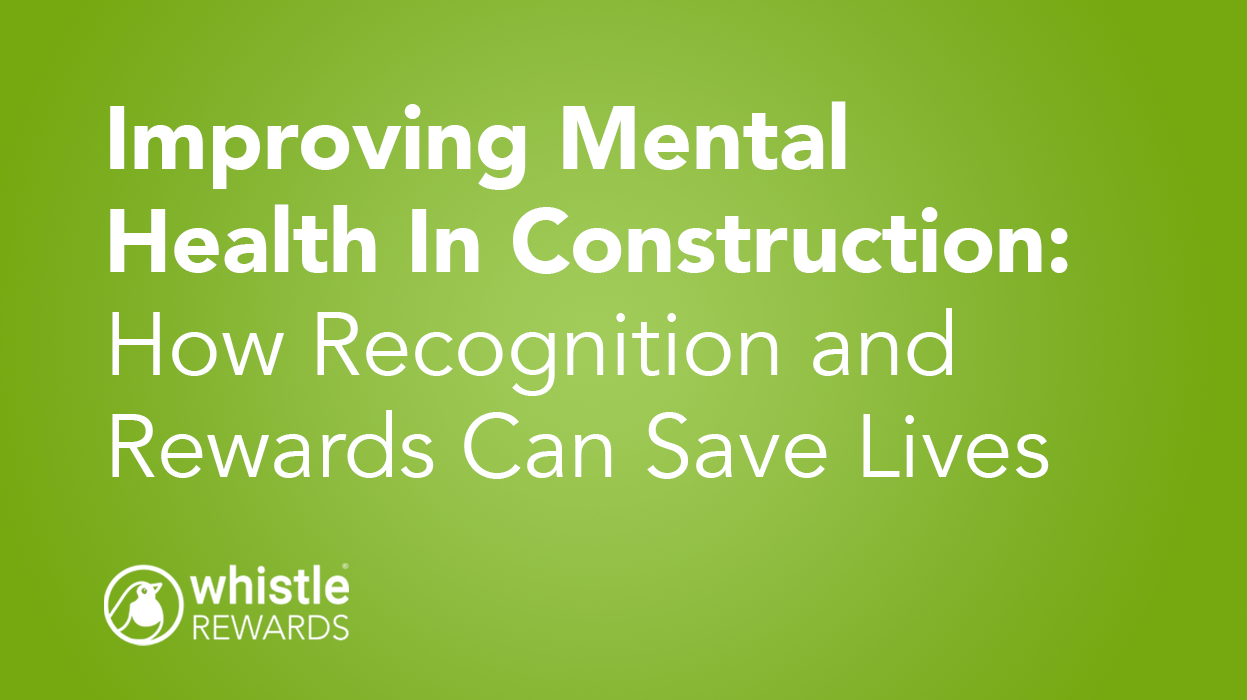
A few months ago, I spoke with a foreman from a mid-sized concrete firm in Kansas City. He shared a story that stuck with me.
One of his crew members—let’s call him Tony—hadn’t missed a day in 18 months. Always early. Always safe. Quiet guy. One morning, Tony didn’t show up. No call. Nothing.
They found out later he was in the hospital for a stress-induced cardiac episode.
It’s a gut punch—but not a rare one.
According to the CDC, construction has the second-highest suicide rate of any industry in the U.S., with rates four times higher than the national average. The Construction Industry Alliance for Suicide Prevention reports that over 83% of construction workers have experienced moderate to severe mental distress, yet stigma and a lack of emotional support often prevent them from seeking help.
In an environment where workers are overextended, emotionally isolated, and often under-acknowledged, simple acts of recognition aren’t just nice—they’re essential.
The Mental Health Impact of Being Seen
When workers feel seen, valued, and appreciated, it boosts more than just morale. It creates belonging. It lowers stress. It improves mental resilience.
According to Self-Determination Theory (Deci & Ryan, 1985), humans have three core psychological needs: autonomy, competence, and relatedness. Recognition—when done right—nourishes all three:
- Autonomy: Reinforces their control over how they work.
- Competence: Affirms they’re skilled and effective.
- Relatedness: Signals they belong and are appreciated.
Recognition also plays a powerful role in stress regulation. One study published in the Journal of Occupational Health Psychology (Miller, 2020) found that employees who frequently felt appreciated at work experienced lower levels of depression and anxiety and higher job satisfaction and engagement.
And in construction, where danger is ever-present and pressure runs high, these psychological boosts have tangible downstream effects: improved safety, reduced turnover, and better team cohesion.
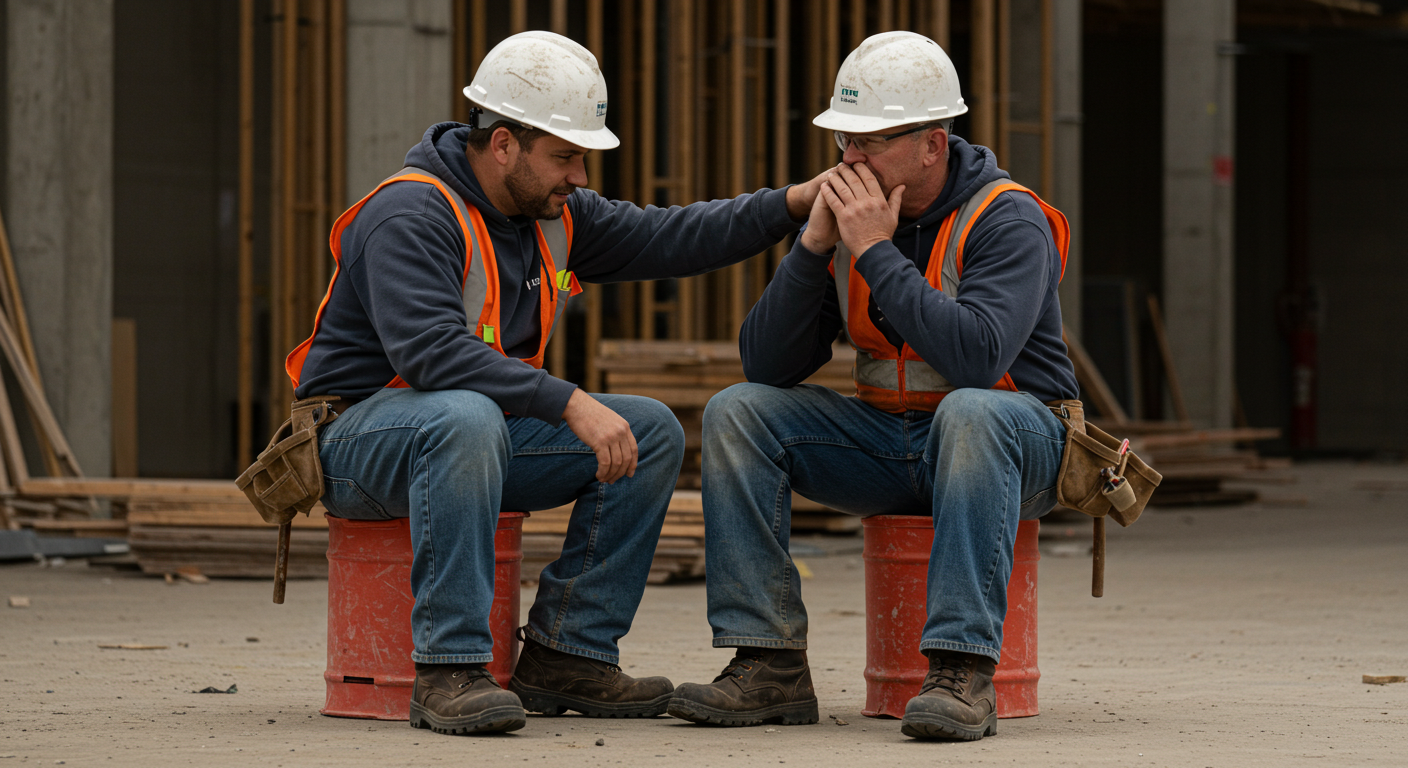
Verbal vs. Written Recognition: What Cuts Through the Noise?
Both verbal and written recognition matter—but in today’s noisy, distracted world, their effects diverge.
- Verbal recognition is immediate, personal, and emotional. A well-timed “Nice work on that layout—tight and efficient” delivered face-to-face can have a real-time impact on morale.
- Written recognition, particularly when delivered through text, email, or digital platforms, has lasting value. It can be revisited, shared, and stored—a kind of digital memory that anchors self-worth on hard days.
In today’s overstimulated environment, written recognition carries increased weight. It helps cut through the mental clutter. It creates a moment of stillness—and significance.
Recognition + Reward: 4X Retention Impact
Our research at Whistle Rewards found a striking data point: pairing recognition with a reward of any amount increases its mental impact by 400%.
Whether it’s $5 or $50, the reward acts as a behavioral amplifier. It adds tangibility to appreciation—transforming “thank you” into “thank you, and this matters.”
The neuroscience behind recognition with a reward helps explain why it leaves such a lasting impression.
When someone receives recognition paired with a tangible reward, the brain releases a stronger surge of dopamine—the neurotransmitter associated with pleasure, motivation, and memory. This heightened emotional response causes the moment of recognition to “stick” in the brain, anchoring it more deeply than words alone.
But there’s more: the presence of a reward forces the recipient to mentally revisit the recognition multiple times—first when they receive it, and again as they decide how to spend it. This creates a feedback loop of positive emotion, reinforcing the sense of being valued. In short, the reward doesn’t just sweeten the gesture—it amplifies and extends its emotional lifespan.
This aligns with decades of research, from Skinner’s Reinforcement Theory (1953) to modern workplace psychology. Rewards reinforce behavior. Even micro-incentives signal that the company sees and values the employee—not just the manager.
Importantly, frequency trumps magnitude. As we explain in “Frequency Matters More Than Size”, small but consistent moments of reward do more to build loyalty and morale than occasional big ones.
The Timing Trap: Why Delayed Praise Falls Flat
Recognition must be timely. Delayed appreciation is like thanking someone for pouring concrete last month—it misses the moment and weakens the message.
Behavioral science calls this the temporal discounting effect—we mentally devalue rewards the longer they take to arrive.
In “Time Is the Enemy of Recognition”, we explore how delays between action and acknowledgment erode impact. To be effective, recognition should be as close to the behavior as possible.
Reward Good Behavior—Don’t Just Punish Bad
Another trap construction companies fall into? Over-indexing on punishment while ignoring the power of positive reinforcement.
When a worker makes a mistake—misses a safety step or botches a measurement—it’s usually noticed. When they go above and beyond, it’s often invisible.
This creates a skewed feedback loop: employees only hear from leadership when something goes wrong.
This approach is not only demoralizing—it can backfire. As we outlined in “Avoiding the Boomerang Effect”, excessive focus on punishment can lead to disengagement, fear-based decision-making, and even lower safety compliance.
Why? Because people withdraw under constant scrutiny. They start playing it safe—or worse, hiding problems.
Positive reinforcement, on the other hand, shapes behavior proactively. It builds trust. It tells workers, “This is what right looks like—and we see it.”
Safety Incentive Programs – An Example
Well-designed safety incentive programs can be a game-changer on construction sites—when they’re built the right way.
As outlined in “The Right Tool for the Job”, these programs work best when they focus on positive behaviors, not just outcomes. Instead of rewarding the absence of accidents (which can backfire and is prohibited by OSHA), they reinforce proactive safety actions—like hazard reporting, clean site maintenance, or proper PPE use.
This behavioral targeting builds a culture of ownership and alertness on the jobsite. And the payoff isn’t just safety: crews with strong safety incentive programs also hit deadlines more consistently, work more cohesively, and report higher morale. When people are rewarded for doing things right—not just punished when things go wrong—they don’t just avoid risk. They deliver better projects.
3 Things Construction Leaders Can Do Today
- Build a Micro-Recognition Habit
Ask every foreman or supervisor to recognize one crew member per week. Keep it specific, meaningful, and ideally written. A single sentence can go a long way. - Attach Small Rewards
Whether it’s a $5 digital card or dinner out with a spouse, it reinforces the message and increases its emotional weight—by a factor of 4. - Celebrate the Positive Publicly
Use morning huddles, toolbox talks, or a shared app to spotlight good work. This normalizes excellence, shapes culture, and strengthens belonging across teams.
In an industry that builds our country’s infrastructure, it’s time we started reinforcing the foundation of our crews: their mental health and motivation.
Recognition isn’t soft. It’s strategic. And in a world where silence too often surrounds great work, saying “thank you” with a reward —and meaning it—can save more than just morale.
It might just save a life.
Check out these other blog posts
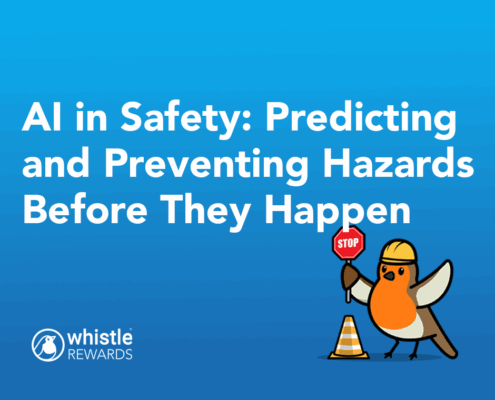 /wp-content/uploads/2025/07/FI-AI-in-construction-July-2025.png 780 940 Chris Dornfeld /wp-content/uploads/2024/12/Dk-Blue-Whistle-Rewards-Logo-with-Text-300x110.png Chris Dornfeld2025-07-15 15:20:192025-07-15 15:20:19AI in Safety: Predicting and Preventing Hazards Before They Happen
/wp-content/uploads/2025/07/FI-AI-in-construction-July-2025.png 780 940 Chris Dornfeld /wp-content/uploads/2024/12/Dk-Blue-Whistle-Rewards-Logo-with-Text-300x110.png Chris Dornfeld2025-07-15 15:20:192025-07-15 15:20:19AI in Safety: Predicting and Preventing Hazards Before They Happen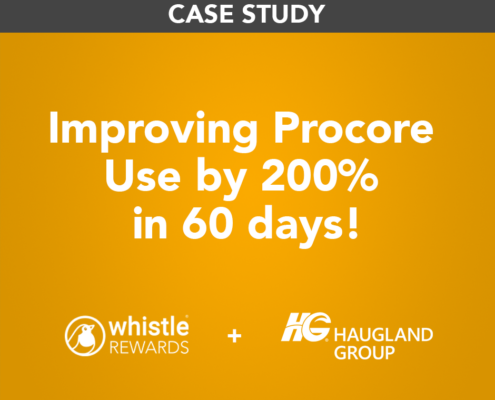 /wp-content/uploads/2025/04/FI-Haugland-Group-Case-Study.png 780 940 Chris Dornfeld /wp-content/uploads/2024/12/Dk-Blue-Whistle-Rewards-Logo-with-Text-300x110.png Chris Dornfeld2025-04-30 20:53:522025-04-30 20:53:52Haugland Improves Procore Use by 200%
/wp-content/uploads/2025/04/FI-Haugland-Group-Case-Study.png 780 940 Chris Dornfeld /wp-content/uploads/2024/12/Dk-Blue-Whistle-Rewards-Logo-with-Text-300x110.png Chris Dornfeld2025-04-30 20:53:522025-04-30 20:53:52Haugland Improves Procore Use by 200%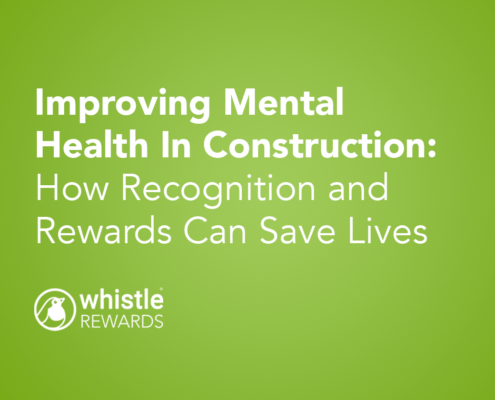
Improving Mental Health in Construction: How Recognition and Rewards Can Save Lives
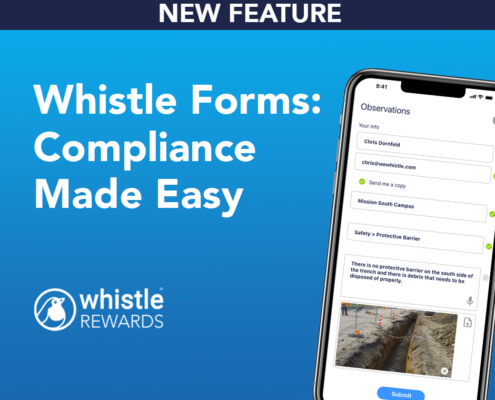 /wp-content/uploads/2025/04/FI-Whistle-Forms.png 780 940 Chris Dornfeld /wp-content/uploads/2024/12/Dk-Blue-Whistle-Rewards-Logo-with-Text-300x110.png Chris Dornfeld2025-04-28 17:58:512025-04-28 17:58:51Whistle Forms: Compliance Made Easy
/wp-content/uploads/2025/04/FI-Whistle-Forms.png 780 940 Chris Dornfeld /wp-content/uploads/2024/12/Dk-Blue-Whistle-Rewards-Logo-with-Text-300x110.png Chris Dornfeld2025-04-28 17:58:512025-04-28 17:58:51Whistle Forms: Compliance Made Easy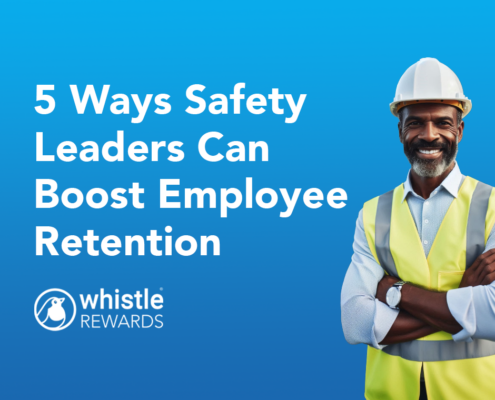
5 Ways Safety Leaders Can Boost Employee Retention

Company Merchandise Stores
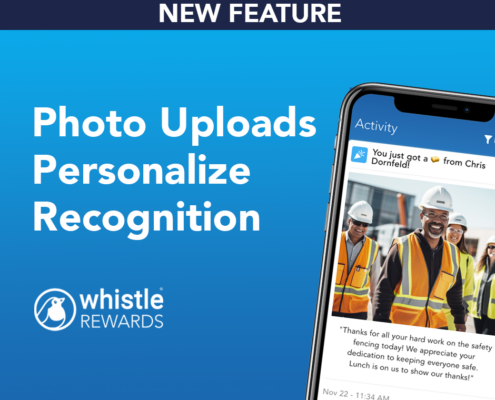 /wp-content/uploads/2025/01/FI-Photo-Uploads-for-Recognition.png 780 940 Chris Dornfeld /wp-content/uploads/2024/12/Dk-Blue-Whistle-Rewards-Logo-with-Text-300x110.png Chris Dornfeld2025-01-12 21:53:032025-03-05 00:33:30Whistle Rewards Launches New Photo Uploads Feature
/wp-content/uploads/2025/01/FI-Photo-Uploads-for-Recognition.png 780 940 Chris Dornfeld /wp-content/uploads/2024/12/Dk-Blue-Whistle-Rewards-Logo-with-Text-300x110.png Chris Dornfeld2025-01-12 21:53:032025-03-05 00:33:30Whistle Rewards Launches New Photo Uploads Feature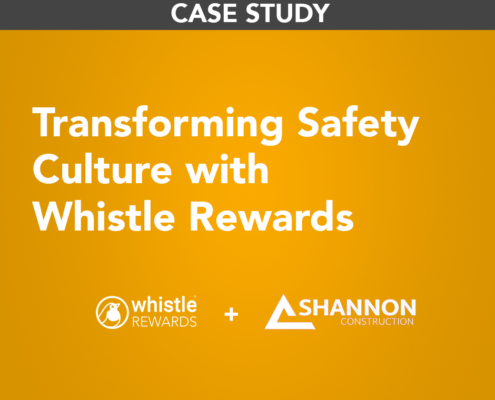
Transforming Safety Culture with Whistle Rewards
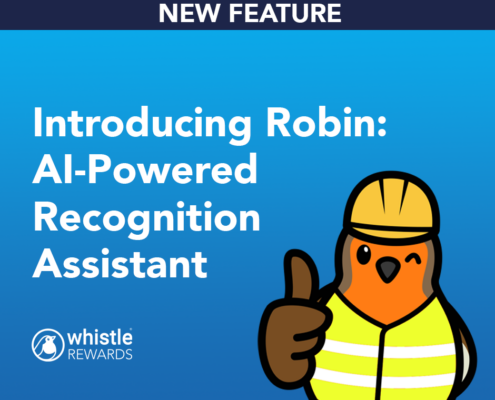 /wp-content/uploads/2024/12/FI-AI-powered-recognition.png 780 940 Chris Dornfeld /wp-content/uploads/2024/12/Dk-Blue-Whistle-Rewards-Logo-with-Text-300x110.png Chris Dornfeld2024-12-12 19:07:322024-12-12 19:40:44Whistle Rewards’ New AI-Powered Recognition Assistant
/wp-content/uploads/2024/12/FI-AI-powered-recognition.png 780 940 Chris Dornfeld /wp-content/uploads/2024/12/Dk-Blue-Whistle-Rewards-Logo-with-Text-300x110.png Chris Dornfeld2024-12-12 19:07:322024-12-12 19:40:44Whistle Rewards’ New AI-Powered Recognition Assistant







